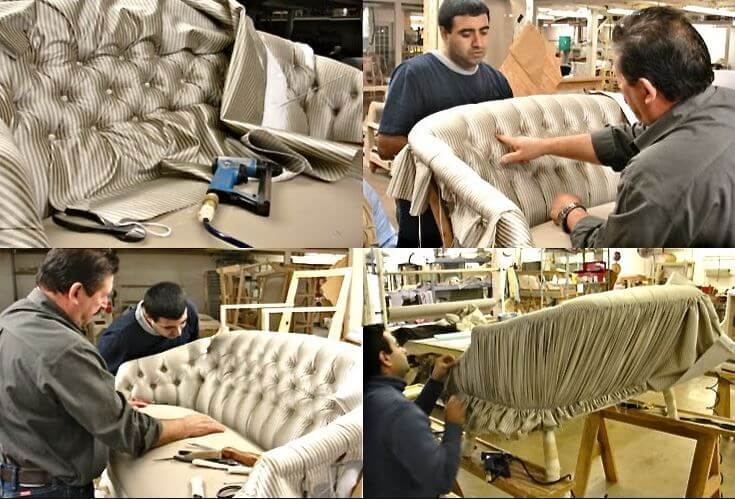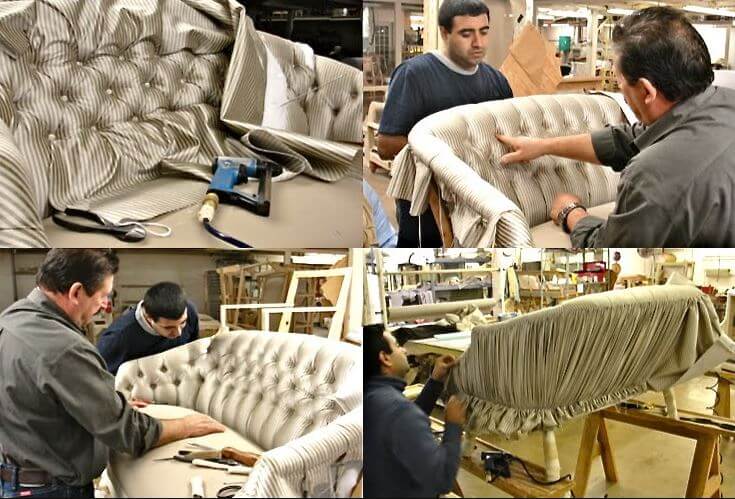When it comes to designing or renovating a home, flooring plays a crucial role in setting the tone, style, and comfort of the entire space. For decades, traditional hardwood flooring has been the ultimate choice for homeowners seeking elegance and durability. However, modern alternatives like WPC flooring are gaining popularity for their functionality, affordability, and contemporary appeal. If you’re trying to decide between the two, this guide will help you understand the differences and determine which option best suits modern homes.
What is WPC Flooring?
WPC flooring is a hybrid material made from wood fibers, thermoplastics, and stabilizers. Unlike traditional wood, it combines the natural look of timber with the resilience of synthetic materials. WPC planks are completely waterproof, highly durable, and designed to withstand heavy use in residential and commercial spaces. Its layered construction also provides stability and sound insulation, making it a practical flooring solution for modern lifestyles.
What is Traditional Wood Flooring?
Traditional wood flooring is made from solid hardwood or engineered wood planks. Known for its timeless beauty, wood brings warmth, authenticity, and natural charm to any interior. From oak and walnut to maple and cherry, hardwood options are diverse in color, grain, and finish. However, while wood is visually stunning, it requires proper maintenance to prevent issues like warping, scratches, or water damage.
Key Comparison: WPC Flooring vs. Traditional Wood
Durability and Maintenance
WPC flooring is designed to be scratch-resistant, stain-resistant, and waterproof, making it ideal for areas like kitchens, bathrooms, and basements. It requires minimal upkeep—simple sweeping and occasional mopping are enough. On the other hand, hardwood flooring, though durable, can be prone to scratches, dents, and moisture damage. It often requires regular polishing, sealing, or refinishing to maintain its original look.
Aesthetic Appeal
Hardwood floors are unmatched in terms of natural beauty and character. Each plank carries unique grain patterns, making every installation one-of-a-kind. While WPC cannot fully replicate the authenticity of wood, modern printing technology has made WPC designs impressively realistic. With options that mimic stone, ceramic, and exotic woods, WPC provides versatility that traditional hardwood may not offer at the same cost.
Comfort and Feel
WPC flooring often comes with an integrated underlayment that adds cushioning and sound absorption. This makes it more comfortable to walk on, especially in high-traffic areas. Traditional wood flooring, though firm underfoot, creates a luxurious feel that many homeowners still prefer for living rooms and bedrooms.
Water and Moisture Resistance
One of the biggest advantages of WPC is its 100% waterproof nature. It will not swell, warp, or crack when exposed to water. This makes it perfect for humid climates and moisture-prone areas. Hardwood, however, is highly sensitive to moisture and can get damaged over time if not cared for properly.
Cost and Value
WPC flooring is generally more affordable than hardwood. Installation is also easier, often requiring less preparation and labor. Hardwood, on the other hand, is considered a long-term investment that can increase property value. Many homebuyers still view authentic wood flooring as a premium feature worth paying extra for.
Which is More Eco-Friendly?
Eco-conscious homeowners often prefer WPC flooring because it is made from recycled wood fibers and plastics, reducing waste. Additionally, many WPC products are manufactured with low VOC emissions, making them safer for indoor air quality. Traditional hardwood, while natural, raises sustainability concerns depending on sourcing. However, responsibly harvested wood certified by organizations like the Forest Stewardship Council (FSC) remains an environmentally friendly option.
Where Should You Use WPC and Wood Flooring?
- WPC Flooring: Best for bathrooms, kitchens, laundry rooms, and basements—areas where water exposure is common. It is also ideal for busy households with kids and pets due to its resilience.
- Wood Flooring: Perfect for living rooms, dining rooms, and bedrooms where elegance and warmth are the main priorities. It creates a luxurious atmosphere and can last for generations if properly maintained.
Making the Right Choice
Choosing between WPC and traditional wood flooring ultimately depends on your lifestyle, budget, and personal preference. If you want a low-maintenance, waterproof, and affordable solution, WPC flooring is a smart investment. But if your goal is to enhance your home with timeless elegance and increase property value, traditional hardwood remains unmatched.
Conclusion
The debate between WPC flooring Abu Dhabi vs. traditional wood flooring is not about which is universally better, but which one better suits modern homes and individual needs. WPC offers unbeatable practicality, especially for high-moisture areas, while wood delivers a sense of authenticity and luxury that synthetic alternatives cannot fully replicate. Many homeowners today even choose a combination—installing wood in main living spaces and WPC in functional areas—for the best of both worlds.
By understanding the strengths and limitations of each, you can make an informed decision that ensures your home remains both beautiful and functional for years to come.




